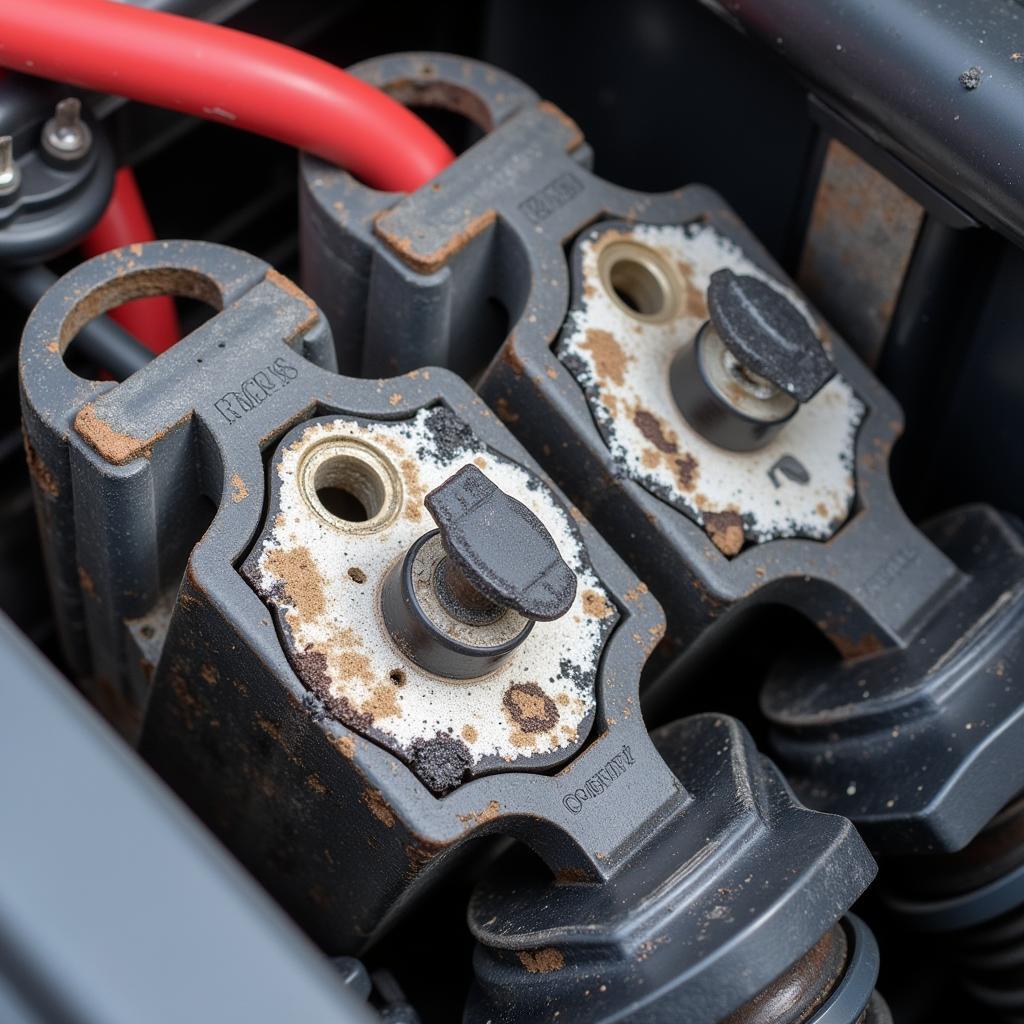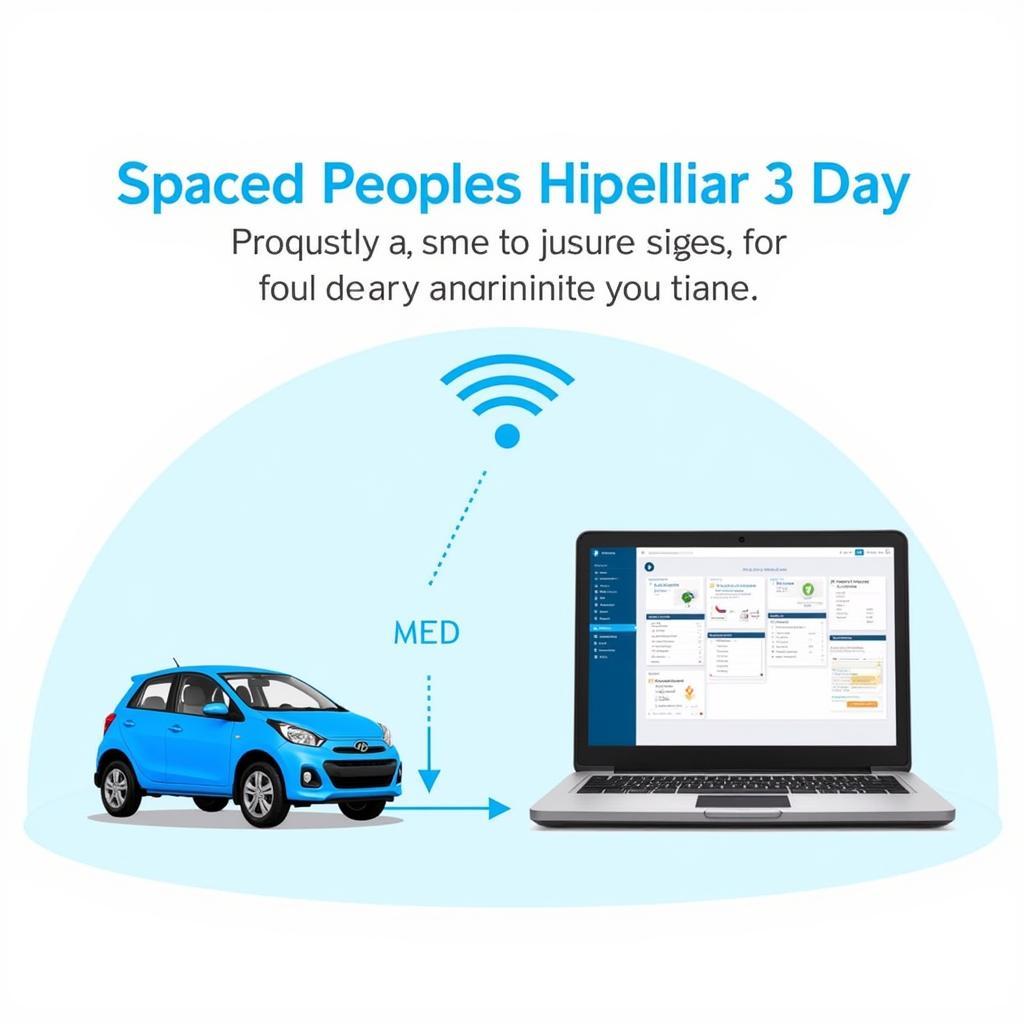A low battery voltage in your Jeep can be a frustrating experience, leaving you stranded and unsure of the cause. From dimming headlights to a clicking starter, understanding the reasons behind a “jeep low battery voltage” issue and knowing how to address it is crucial for any Jeep owner. This article will guide you through diagnosing, troubleshooting, and resolving low battery voltage problems in your Jeep.
Understanding Jeep Low Battery Voltage
Low battery voltage occurs when your Jeep’s battery doesn’t have enough power to operate the vehicle’s electrical systems properly. This can be due to a variety of reasons, ranging from a simple parasitic drain to a failing alternator. Ignoring a low voltage warning can lead to more serious problems, including damage to sensitive electronic components. Check out this article on warning signs your car battery is dying for more information.
Common Causes of Low Battery Voltage
Several factors can contribute to low battery voltage in your Jeep:
- Old or Failing Battery: Over time, car batteries lose their ability to hold a charge. Extreme temperatures can accelerate this process.
- Parasitic Drain: This occurs when an electrical component continues to draw power even when the vehicle is off, slowly draining the battery. Common culprits include interior lights, faulty wiring, or aftermarket accessories.
- Failing Alternator: The alternator recharges the battery while the engine is running. A malfunctioning alternator will not charge the battery properly, leading to low voltage.
- Loose or Corroded Battery Terminals: Poor connections at the battery terminals can prevent the battery from delivering power effectively.
- Excessive Electrical Load: Running multiple high-power devices simultaneously, like the headlights, heater, and radio, can strain the battery, especially at idle.
 Corroded Battery Terminals on a Jeep
Corroded Battery Terminals on a Jeep
Diagnosing the Problem
Identifying the root cause of your Jeep’s low battery voltage is crucial for effective repair. Here’s a step-by-step approach:
- Check the Battery Terminals: Inspect the battery terminals for corrosion or looseness. Clean any corrosion with a baking soda and water solution and tighten the terminals.
- Test the Battery Voltage: Use a multimeter to measure the battery voltage. A healthy battery should read around 12.6 volts when the engine is off. A significantly lower reading indicates a weak battery. You might find this article on jeep wrangler dead battery helpful.
- Test the Alternator: With the engine running, the battery voltage should read between 13.5 and 14.5 volts. A lower reading suggests a problem with the alternator.
- Check for Parasitic Drain: With the engine off and all accessories turned off, use a multimeter to measure the current draw. A drain of more than 50 milliamps could indicate a parasitic drain. You can learn more about parasitic drain in our article on car battery weak signs.
Using Remote Diagnostics and Programming
Modern Jeeps often have sophisticated onboard diagnostic systems. Remote diagnostic tools and software can be used to identify specific fault codes related to the battery or charging system, providing valuable insights into the problem. These tools can also be used to reprogram or update the vehicle’s software to address any software-related issues that might be contributing to low battery voltage.
Solutions for Jeep Low Battery Voltage
Once you’ve identified the cause of the low battery voltage, you can take appropriate action:
- Replace the Battery: If the battery is old or failing, replacement is the most straightforward solution.
- Repair or Replace the Alternator: A faulty alternator needs to be repaired or replaced to restore the charging system’s functionality.
- Eliminate Parasitic Drain: Identify and fix the source of the parasitic drain, such as a faulty switch or wiring. Problems with the battery location can also contribute to issues, as discussed in our article on battery in trunk problems.
- Clean and Tighten Battery Terminals: Ensure clean and tight connections at the battery terminals.
- Limit Electrical Load: Avoid running multiple high-power devices simultaneously, especially at idle.
If you’ve replaced the battery and your car still won’t start, check out our article on replaced battery car still wont start for further troubleshooting steps.
Conclusion
Low battery voltage in your Jeep can be a nuisance, but with a systematic approach to diagnosis and troubleshooting, you can quickly identify and resolve the issue. Remember to prioritize regular battery maintenance and address any warning signs promptly to avoid being left stranded.
FAQ
- How often should I replace my Jeep’s battery? Typically, car batteries last between 3 and 5 years.
- Can I jump-start my Jeep with a low battery? Yes, but address the underlying cause promptly.
- What is the most common cause of low battery voltage? An old or failing battery is often the culprit.
- Can extreme temperatures affect battery performance? Yes, both extreme heat and cold can impact battery life and performance.
- How can I prevent low battery voltage in my Jeep? Regular maintenance, including cleaning terminals and checking for parasitic drains, can help prevent low voltage issues.
- Is it safe to drive with a low battery voltage warning? It’s best to address the issue as soon as possible to avoid further problems.
- Can a bad alternator cause a low battery voltage? Yes, a failing alternator will not charge the battery properly.


